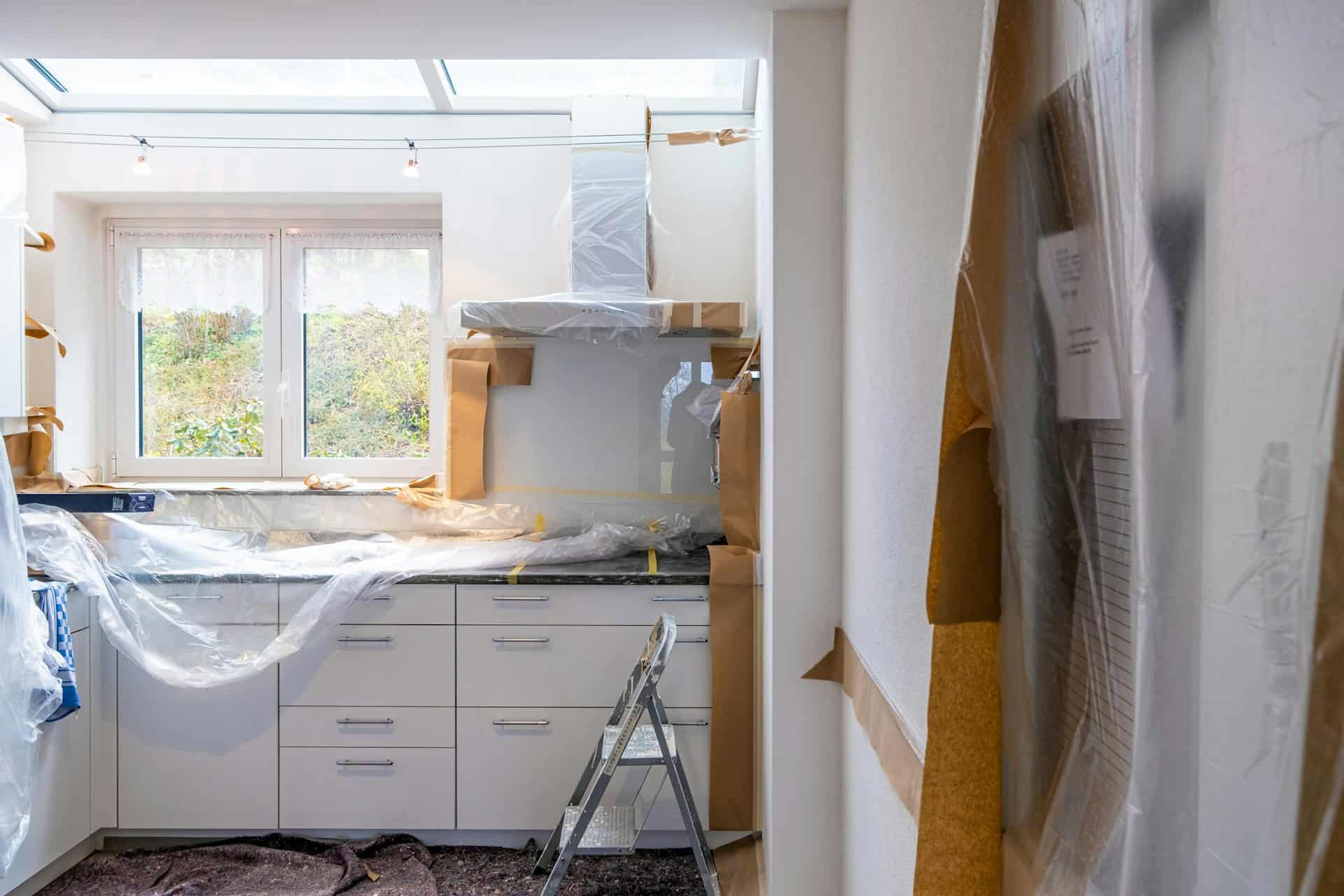
Question: Is It Easy to Move Kitchen Plumbing?
Answer: Moving kitchen plumbing isn’t easy and often requires a professional plumber. It involves complexities like rerouting pipes and altering water supply lines, which can be costly and time-consuming.
Relocating Kitchen Plumbing: A Practical Overview
Is it easy to move kitchen plumbing? This common question arises during kitchen renovations. The answer depends on several factors, including your existing plumbing layout, desired changes, DIY skills, and local building codes.
Understanding Your Current Plumbing System
Before considering a plumbing relocation, assess your current setup. Locate the main water shutoff valve. Identify the pipes supplying your sink, dishwasher, and refrigerator. Understand their path through walls and floors. This knowledge informs project scope and potential challenges.
Sketch a diagram of your existing plumbing. Include pipe sizes and locations. This visual aid helps when planning the new layout.
Please visit the homepage to read more about Blue Kitchen Refacing
Related Article: What are the Two Valves Under My Kitchen Sink?
Related Article: Is Kitchen Plumbing Connected to Bathroom Plumbing?
DIY vs. Hiring a Professional Plumber
Moving kitchen plumbing presents challenges. Tasks involve cutting and connecting pipes, soldering, and ensuring leak-free connections. Experience is crucial for a successful outcome. Mistakes can lead to leaks, water damage, and costly repairs.
While simple tasks like extending a water supply line may be suitable for DIY, complex projects involving relocating drains or venting require a licensed plumber’s expertise.
Essential Tools and Materials
If you choose the DIY route, gather the necessary tools. Pipe cutters, wrenches, soldering equipment, and measuring tools are essential. Acquire the correct type and size of pipes and fittings. PEX tubing offers flexibility, while copper pipes provide durability.
Always adhere to local plumbing codes. Obtain necessary permits before starting any plumbing work. Incorrect installations can lead to code violations and safety hazards.
Cost Considerations for Moving Kitchen Plumbing
Project costs vary based on the extent of the work. Simple modifications incur lower costs. Major relocations involving extensive pipe rerouting and wall or floor modifications increase expenses significantly.
Material Costs:
Pipes, fittings, and other materials contribute to the overall cost.Labor Costs:
Hiring a professional plumber adds to the expense. Obtain multiple quotes for accurate cost estimates.Permit Fees:
Factor in permit fees required by your local municipality.
Local Building Codes and Permits
Plumbing work must comply with local building codes. These codes ensure safety and functionality. Obtain necessary permits before starting any plumbing work. Inspections are often required after completion.
Research your local building department’s requirements. Understand the permit process and inspection procedures. Non-compliance can lead to fines and project delays.
Conclusion
Moving kitchen plumbing is not always a simple task. It demands careful planning, accurate assessment, and potentially professional expertise. While minor adjustments may be manageable for experienced DIYers, extensive relocations often benefit from a licensed plumber’s skill. Evaluating your existing setup, understanding your new layout, and factoring in cost considerations and local building codes ensures a successful kitchen renovation. [ 1 ]
References
1. https://www.theontimeexperts.com/how-easy-is-it-to-move-plumbing-in-a-kitchen-remodel/

Blue Malue Get in touch with Blue here.
